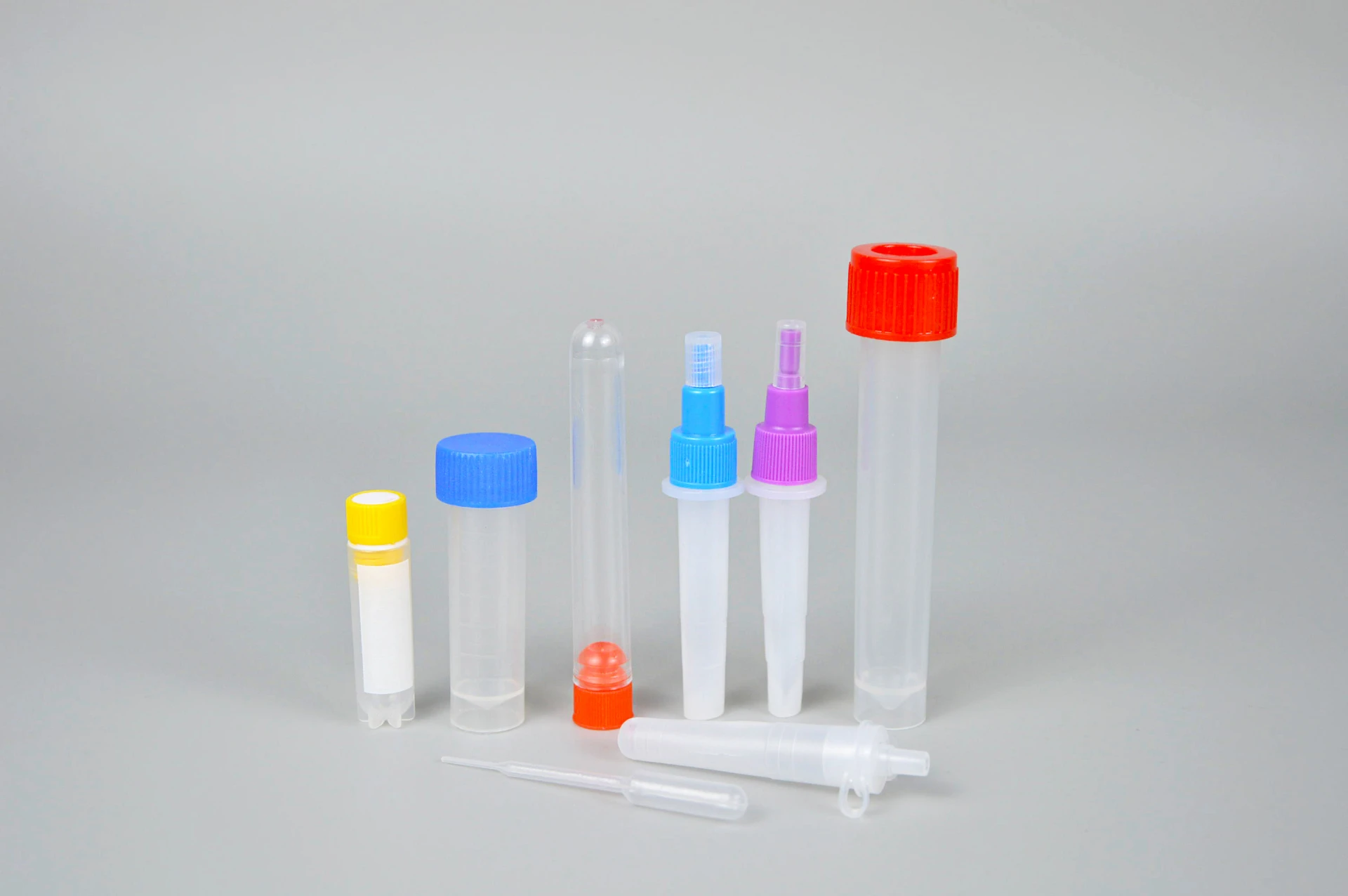
-
 Afrikaans
Afrikaans -
 Albanian
Albanian -
 Amharic
Amharic -
 Arabic
Arabic -
 Armenian
Armenian -
 Azerbaijani
Azerbaijani -
 Basque
Basque -
 Belarusian
Belarusian -
 Bengali
Bengali -
 Bosnian
Bosnian -
 Bulgarian
Bulgarian -
 Catalan
Catalan -
 Cebuano
Cebuano -
 Corsican
Corsican -
 Croatian
Croatian -
 Czech
Czech -
 Danish
Danish -
 Dutch
Dutch -
 English
English -
 Esperanto
Esperanto -
 Estonian
Estonian -
 Finnish
Finnish -
 French
French -
 Frisian
Frisian -
 Galician
Galician -
 Georgian
Georgian -
 German
German -
 Greek
Greek -
 Gujarati
Gujarati -
 Haitian Creole
Haitian Creole -
 hausa
hausa -
 hawaiian
hawaiian -
 Hebrew
Hebrew -
 Hindi
Hindi -
 Miao
Miao -
 Hungarian
Hungarian -
 Icelandic
Icelandic -
 igbo
igbo -
 Indonesian
Indonesian -
 irish
irish -
 Italian
Italian -
 Japanese
Japanese -
 Javanese
Javanese -
 Kannada
Kannada -
 kazakh
kazakh -
 Khmer
Khmer -
 Rwandese
Rwandese -
 Korean
Korean -
 Kurdish
Kurdish -
 Kyrgyz
Kyrgyz -
 Lao
Lao -
 Latin
Latin -
 Latvian
Latvian -
 Lithuanian
Lithuanian -
 Luxembourgish
Luxembourgish -
 Macedonian
Macedonian -
 Malgashi
Malgashi -
 Malay
Malay -
 Malayalam
Malayalam -
 Maltese
Maltese -
 Maori
Maori -
 Marathi
Marathi -
 Mongolian
Mongolian -
 Myanmar
Myanmar -
 Nepali
Nepali -
 Norwegian
Norwegian -
 Norwegian
Norwegian -
 Occitan
Occitan -
 Pashto
Pashto -
 Persian
Persian -
 Polish
Polish -
 Portuguese
Portuguese -
 Punjabi
Punjabi -
 Romanian
Romanian -
 Russian
Russian -
 Samoan
Samoan -
 Scottish Gaelic
Scottish Gaelic -
 Serbian
Serbian -
 Sesotho
Sesotho -
 Shona
Shona -
 Sindhi
Sindhi -
 Sinhala
Sinhala -
 Slovak
Slovak -
 Slovenian
Slovenian -
 Somali
Somali -
 Spanish
Spanish -
 Sundanese
Sundanese -
 Swahili
Swahili -
 Swedish
Swedish -
 Tagalog
Tagalog -
 Tajik
Tajik -
 Tamil
Tamil -
 Tatar
Tatar -
 Telugu
Telugu -
 Thai
Thai -
 Turkish
Turkish -
 Turkmen
Turkmen -
 Ukrainian
Ukrainian -
 Urdu
Urdu -
 Uighur
Uighur -
 Uzbek
Uzbek -
 Vietnamese
Vietnamese -
 Welsh
Welsh -
 Bantu
Bantu -
 Yiddish
Yiddish -
 Yoruba
Yoruba -
 Zulu
Zulu
Chemist's Guide to Effective Use of Dropper Bottles in Lab Settings
The Essential Role of Dropper Bottles in Chemistry
In the world of chemistry, precision and accuracy are paramount. Scientists and researchers rely on various tools and equipment to ensure that their experiments yield reliable results. One such indispensable tool is the dropper bottle, which plays a critical role in dispensing liquids with precision, facilitating a wide range of applications from laboratory experiments to pharmaceutical processes.
A dropper bottle, often referred to as a dropper or a pipette bottle, is designed to hold and dispense liquid substances in controlled amounts. Typically made from glass or high-density polyethylene (HDPE), these bottles feature a dropper cap or an integrated dropper mechanism that allows users to deliver drops of liquid with ease. The design of dropper bottles varies, but the primary objective remains the same to provide a convenient and precise way to handle small quantities of liquids.
Importance in the Laboratory
In a chemistry laboratory, dropper bottles are particularly valuable for handling reagents, solvents, and other liquid chemicals. They enable chemists to measure out specific volumes without the need for larger, more cumbersome measuring tools. This is especially important in experiments where small amounts of a substance can significantly affect the reaction outcome. For instance, using a dropper bottle, a chemist can add a few drops of an acid to a solution, meticulously controlling the volume to observe the reaction's behavior.
Moreover, dropper bottles are commonly used in titrations, a vital technique for determining the concentration of a solution. During a titration, a solution is gradually added to a reactant using a dropper, allowing for precise control over the amount added to reach the endpoint of the reaction. Without dropper bottles, achieving the necessary accuracy in such experiments would be a daunting task.
Applications Beyond the Laboratory
dropper bottles chemist

Dropper bottles are not limited to laboratory use; they are also essential in various industries, including pharmaceuticals, cosmetics, and food production. In the pharmaceutical sector, for instance, dropper bottles are used for dispensing liquid medications. This ensures patients receive the correct dosage, which is crucial for effective treatment. Similarly, in the cosmetics industry, precise dispensing of essential oils, serums, and other liquid products ensures customer satisfaction and product efficacy.
In the food industry, dropper bottles are often employed for dispensing flavoring agents or for precise seasoning in various food preparations. The use of dropper bottles for food applications helps maintain consistency in flavor and quality, thereby enhancing the overall culinary experience.
Design and Features
Modern dropper bottles come in various sizes and designs to accommodate different needs. Some bottles feature graduated markings on the side, enabling users to measure the volume of liquid dispensed accurately. Others may come with child-proof caps, ensuring safety when storing potentially hazardous substances. The choice of material is also significant; glass dropper bottles are favored for their chemical resistance and inert qualities, while plastic dropper bottles offer durability and lighter weight for ease of use.
Conclusion
In conclusion, dropper bottles are a fundamental tool in the field of chemistry and beyond. Their ability to dispense liquid accurately and conveniently makes them invaluable for a wide array of applications. Whether in a laboratory, pharmaceutical facility, or industrial kitchen, dropper bottles enhance precision, ensure safety, and contribute to the success of countless scientific and practical endeavors. As the demand for accuracy in liquid dispensing continues to grow across various fields, the importance of dropper bottles in the chemistry landscape remains steadfast.
-
Premium Metal Dropper Bottle for Precise Dispensing 250ml & 1ml Options AvailableNewsJul.04,2025
-
20 ml Headspace Vials - High Quality Polyethylene & Plastic Vials for Lab UseNewsJul.04,2025
-
Small Bottle with Pipette - Precise Dispensing 100ml Pipette Bottles for Essential Oils & Lab UseNewsJun.24,2025
-
Acetic Anhydride Bottle for Accurate Dropper Measurement in Pharmacy Use High-Quality Dropper BottlesNewsJun.10,2025
-
Innovative PET Bottle Design for Juice – Unique Shapes & Customization OptionsNewsJun.10,2025
-
20 Pack Sterilized Petri Dishes – Assorted Sizes, High Quality Small Plastic Petri Dishes for Lab UseNewsJun.10,2025






















